The meaning of physical laws for Olympic athletes
Taking advantage of physical laws can help Olympic athletes maximize their strength, speed and movement to achieve the highest performance.
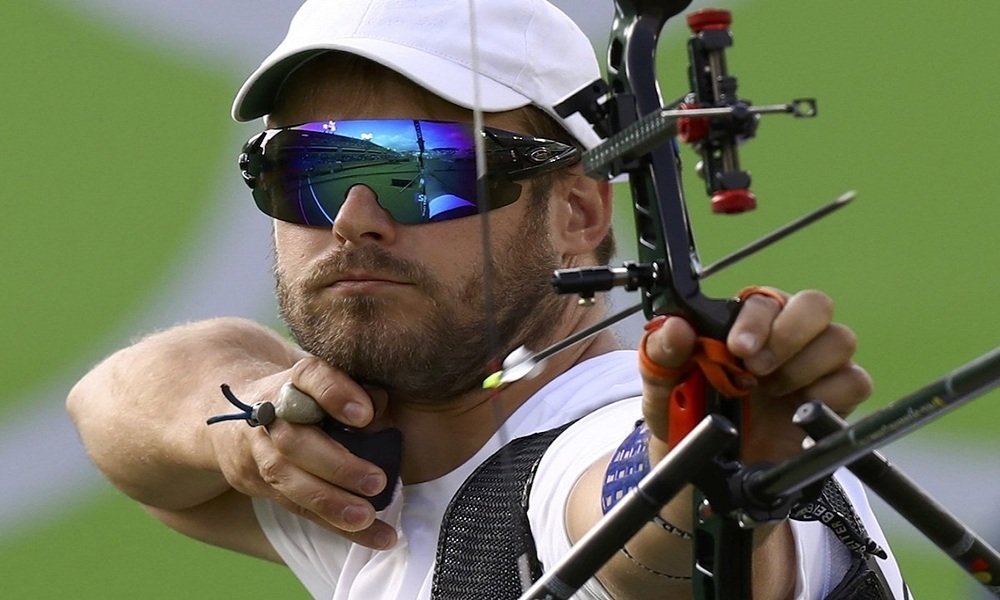
In archery, the hairs attached to the arrow's tail cause resistance (or drag) to move, making the arrow not deflect because of turbulence, according to Business Insider.(Photo: Leonhard Foeger).
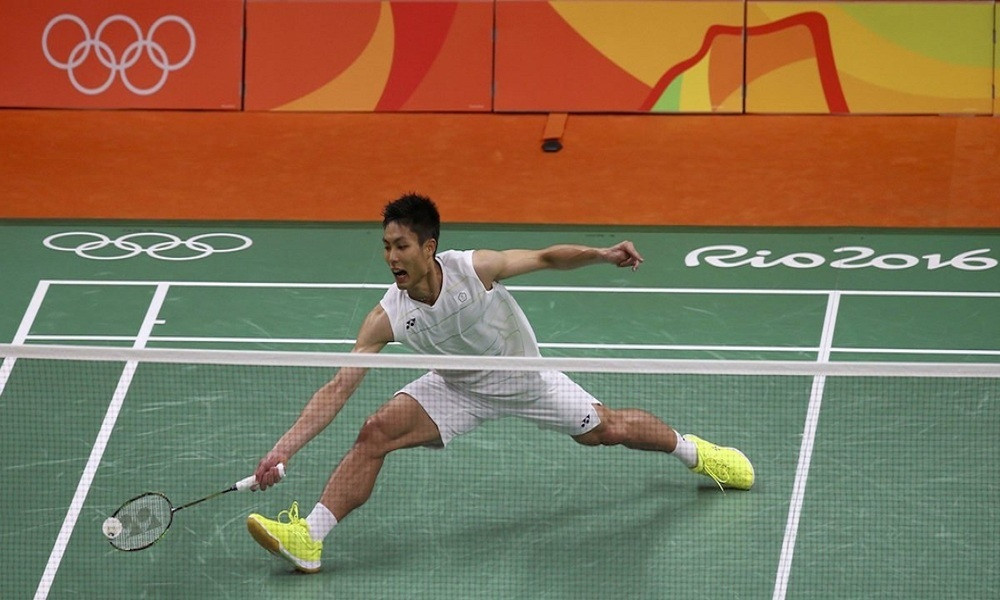
The ball has a cone, which consists of many feathers, creating a resistance that helps it to fly stably and in the right direction.The drag force is so strong that the player must use very strong force to hit the flying ball on the field.(Photo: Marcelo Del Pozo).
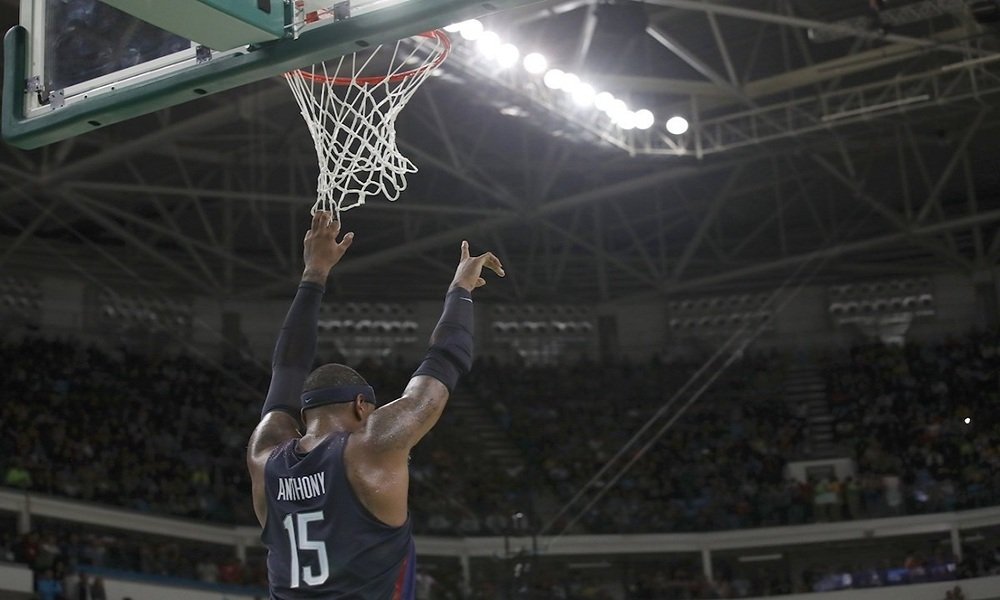
When a basketball player jumps up, they seem to float in the air for a short period of time.The reason is that the time the athlete experiences in the upper half of the jump is always greater than twice the lower half of the jump.(Photo: Jim Young).
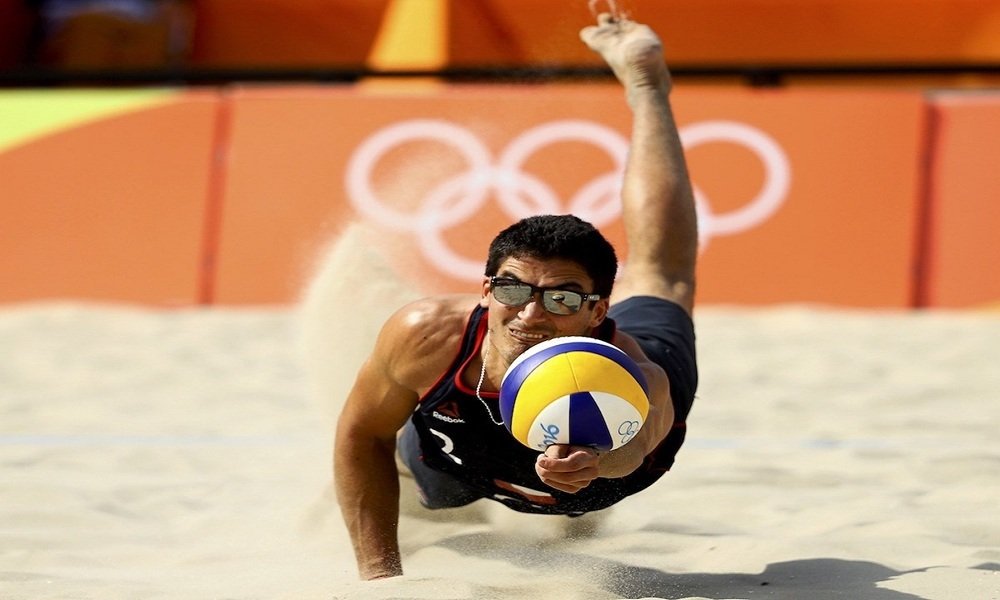
When delivering a ball in volleyball, a handball shot will create the initial spin for the ball, making the ball fall faster on the other side of the net.(Photo: Lucy Nicholson).
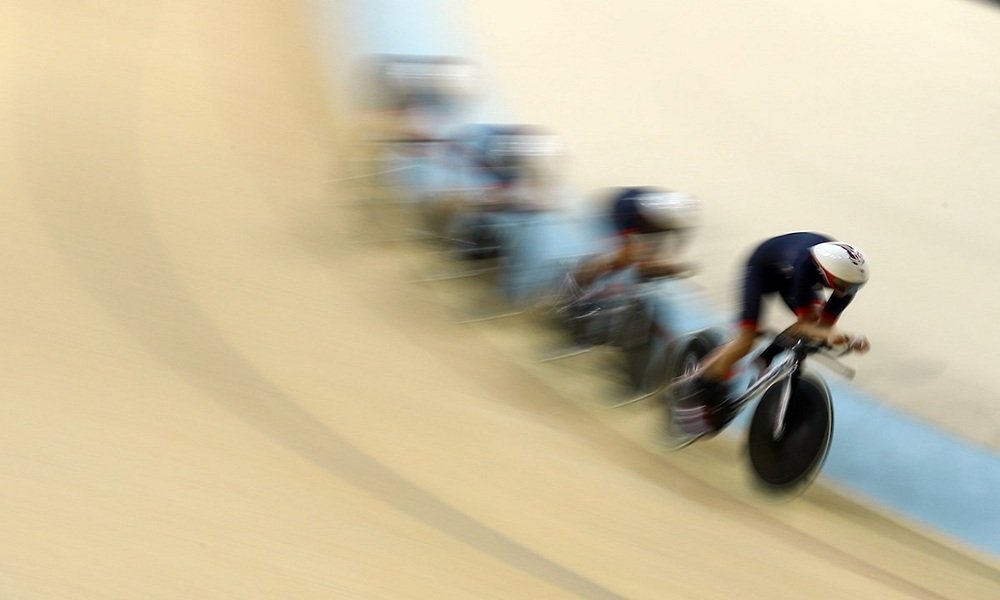
When a cyclist moves, he creates a slipstream in the back.The other driver in this air stream consumes about 30% less energy than the previous one.(Photo: Paul Hanna).
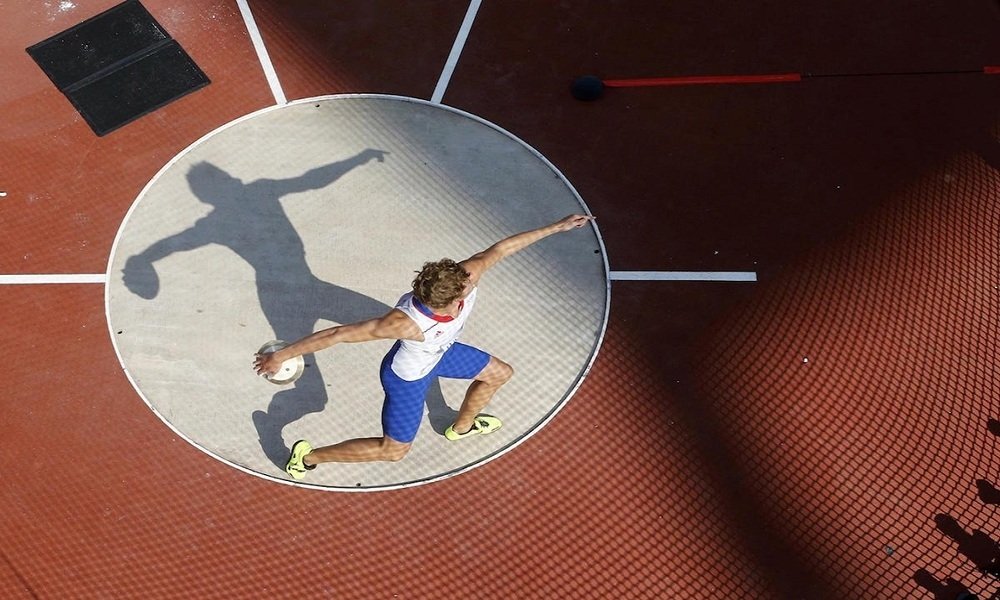
In the discus, the round and flat shape of the disk made it easier for the athlete to throw it flying in the opposite direction.(Photo: Pawel Kopczynski).

In order to get more aerial movements and turns, the jumpers need to step on the strongest board as possible.The board will help them jump higher than Newton's third law of motion.According to the law, when object A acts on object B a force, then object B also repeats object A with a force.These two forces have the same value, the same size, but opposite.(Photo: Tim Windborne).

Fitness athletes take advantage of angular momentum like an object rotating around a shaft.When athletes close their arms and legs together, they will spin faster.(Photo: Alex Livesey).

The dance method "Fosbury Flop" is a technique to help stunt athletes get better results.Athletes bend their bodies above the bar so that the center of gravity is below.This requires less energy, allowing them to jump higher.(Photo: Dominic Ebenbichler).

Athletes often have muscular arms to keep the body stable as the legs move faster.(Photo: Kai Pfaffenbach).

To swim faster, swimmers try to find ways to reduce water resistance to the body.They often shave off all body hair and wear swim caps.(Photo: Michael Dalder).

Weightlifters often have short limbs so that they do not have to lift their weights too high, helping them use less energy.(Photo: Yves Herman).
- Why do so many Olympic athletes suffer from asthma?
- What do Olympic athletes tape up on people to do?
- The unexpected reason after the medal bite of the athletes
- Disclosure of 'formula' creates a perfect athlete
- After the Olympics, the fate of billion-dollar works became so disastrous
- Why are people afraid of red?
- How to determine who gets the first finish on the Olympic track?
- Japan turns 'electronic waste' into medals for the 2020 Olympics
- 5 utopian phenomena can happen under a physical perspective
- What makes great Olympians (Part I)
- Unexpected benefits of being second in the competition
- Video: Simple test with balloons breaking the laws of physics
 'Fine laughs' - Scary and painful torture in ancient times
'Fine laughs' - Scary and painful torture in ancient times The sequence of numbers 142857 of the Egyptian pyramids is known as the strangest number in the world - Why?
The sequence of numbers 142857 of the Egyptian pyramids is known as the strangest number in the world - Why? History of the iron
History of the iron What is alum?
What is alum?